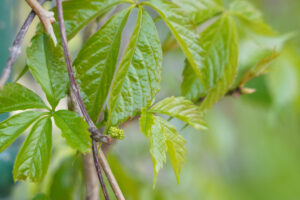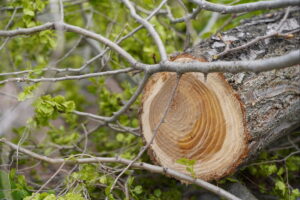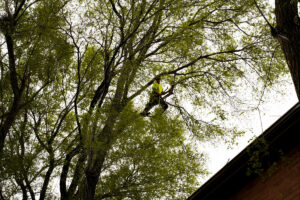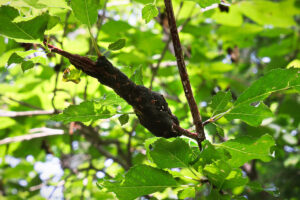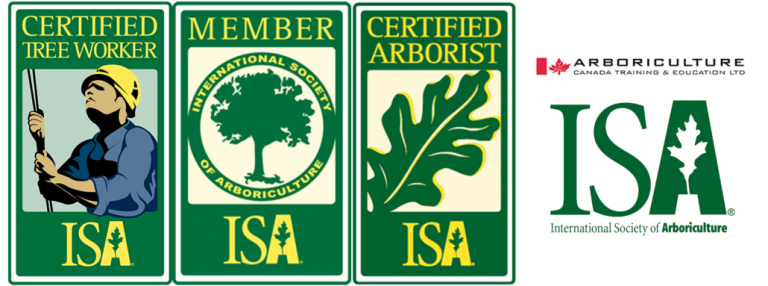Three Reasons to Have a Professional Look at Trees on the Edge of Your Property
Trees in the center of an estate\’s yard are relatively easy to care for both logistically and legally; provided they are in good health and are regularly maintained, the surrounding structures are both safe and can benefit from the presence of the tree. But trees on the edge of your property line can be another story.
Why do you need an arborist to inspect the trees at the edge of an estate?
- If the property lines are unclear, then the trees might fall under common ownership with the neighbor. Official ownership is decided by the position of the tree\’s trunk. If the trunk is wholly on your estate\’s property, it\’s your tree. But trunks that cross the boundary have multiple owners. Ask an arborist to inspect the property line to clearly identify the trees that are fully or partially yours under Civil Code Section 833.
- They can check for infectious or structural damage on partially or wholly owned trees. Even if a tree isn\’t just yours, you still need to ensure its healthy growth. Establish a routine schedule with an experienced arborist. They can check the tree for unusual growth, physical damage, and signs of disease. They can also ensure the tree is kept safely pruned away from your structures.
- Arborists can advise you on the best way to respond to tree nuisances. If a tree\’s trunk isn\’t on your property, that doesn\’t mean the tree can\’t cause you problems. It\’s branches can grow too close to your roof. There can be damage that puts your property at risk. And root growth can start to strangle your other plants or make your pathways\’ slabs uneven. In these circumstances, you have a limited right to prune the tree that isn\’t yours, but it\’s best to consult with an arborist about the best way to make changes that will inhibit growth on your property without damaging the tree and other options you have.
Trees at the border of your property can be difficult to deal with. Both because of the proximity to neighboring trees and the proximity to others\’ land. You can follow along on Facebook and Instagram, or you can contact us here if you have any questions.

